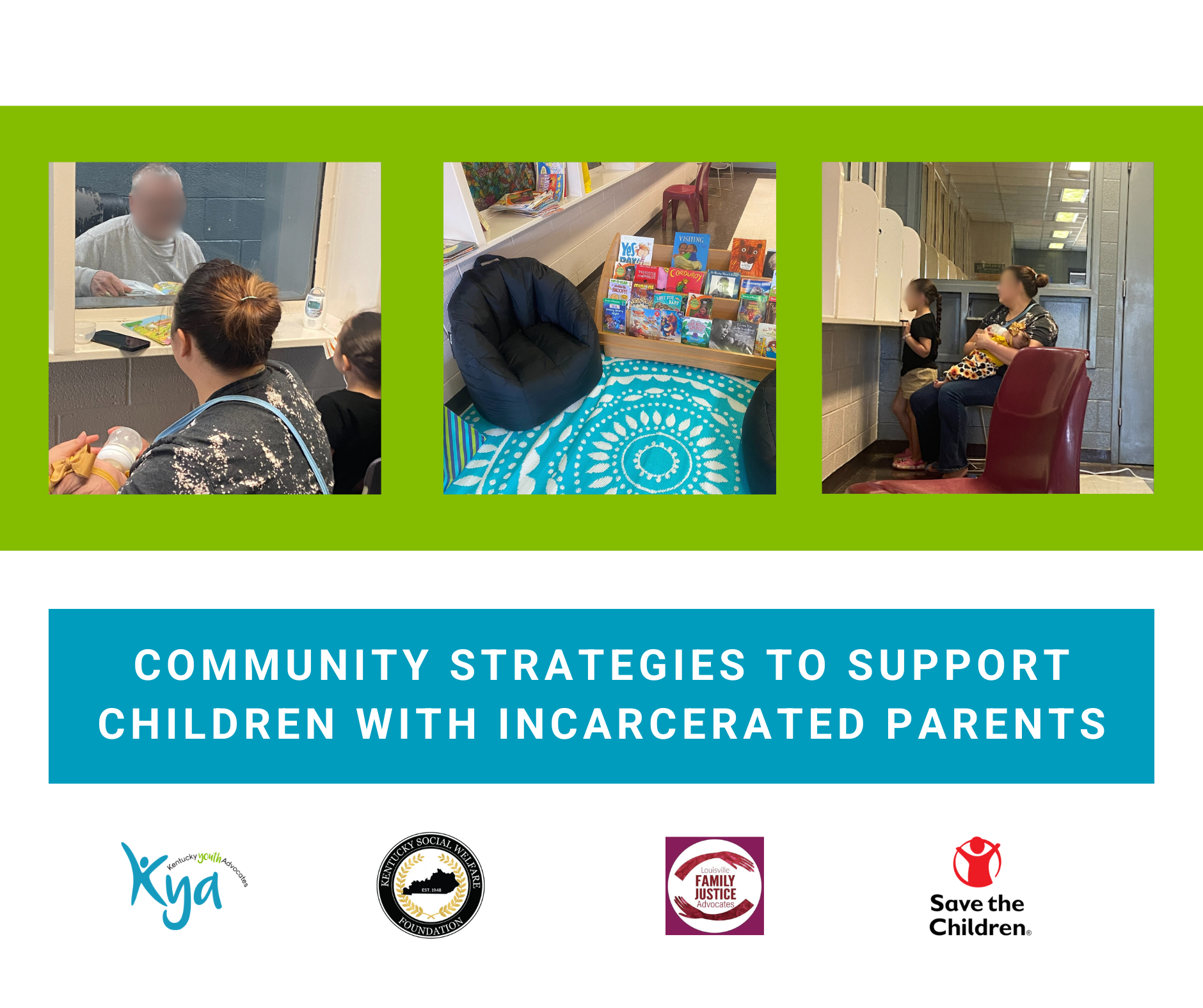This week Kentucky Youth Advocates added four new child welfare indicators to the KIDS COUNT Data Center. These four new indicators span the continuum of child welfare decision-making points and, coupled with the other indicators already on the Data Center, provide Kentuckians a wealth of information on vulnerable children and families in our state.
One new indicator shows the prevalence of certain risk factors in cases where child abuse or neglect was found to have occurred after an investigation was done. The risk factors reported in the data include substance abuse (alcohol and/or drugs), mental health issues and income issues. Each substantiated report could have more than one risk factor present.
There has been a significant increase in prescription drug abuse over the past fifteen years in Kentucky. Prescription drug abuse has become so significant in our state that Kentucky has been regarded as the ‘epicenter of the epidemic of prescription pill abuse.’ Earlier this year, the General Assembly passed HB 1 in an effort to help curb prescription drug abuse. As you can see in the map below, Eastern Kentucky has a very high proportion of substantiated cases having substance abuse as a risk factor, but no county is immune to the problem.
KIDS COUNT Data Center
The KIDS COUNT Data Center provides information across states and for Kentucky counties and school districts on many measures of child well-being, including: economic well-being, education, health, and safety. Users can easily rank, map, graph trends over time, and add customized information to their own websites. Users can also view and share data quickly and easily anytime and anywhere with the enhanced mobile site for smart phones.
Looking for more information? Research and recommendations for improving outcomes for the Kentucky KIDS COUNT indicators can be found in the annual Kentucky KIDS COUNT County Data Books here.






Leave A Comment